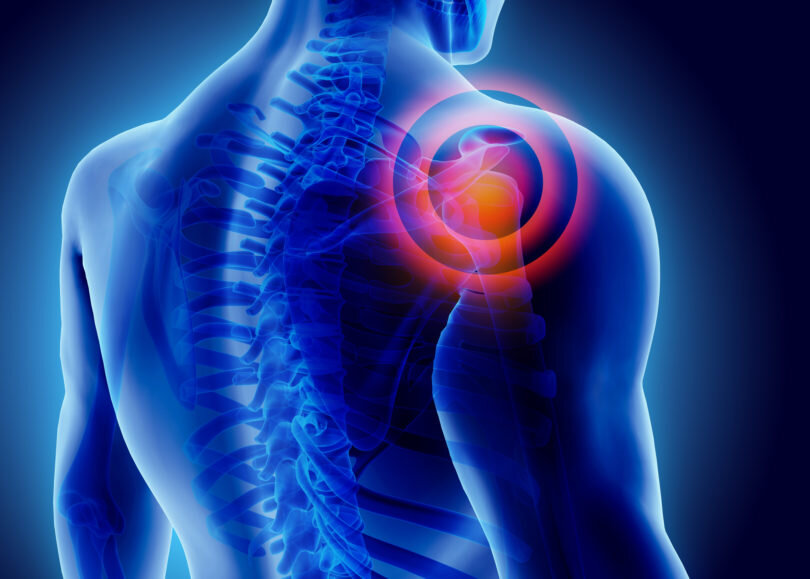![Neck and Shoulder Rehab Guide [FREE download].](https://images.squarespace-cdn.com/content/v1/5e1fa35d6d6d853d5fbd5b4d/1587258115289-9KQT3BWL2X1V5I11T8Z0/The+Complete+Neck+and+Shoulder+Rehab+Guide.png)
Neck and Shoulder Rehab Guide [FREE download].
Neck and shoulder pain are quite common. When people are in pain they will seek out any option that might relieve their pain. This makes a lot of sense.
Sadly, most "treatment" options barely work to manage symptoms and do almost nothing to fix the underlying problem.

5 best ways to improve shoulder pain.
These ideas work best for chronic shoulder pain. If you recently hurt your shoulder, I would not start messing with these strategies unless you have been evaluated and they are indicated for your rehab.
All of the strategies will have multiple videos to help guide you through the process. These are strategies I have used with both clients and patients to not just manage but ultimately resolve their shoulder pain.
I am going to go over each in more detail, but the 5 strategies are:
Thoracic mobility - if the t-spine lacks mobility the shoulder and neck try to compensate.
Assisted range of motion (ROM) - if your ROM is limited, use something to help assess and improve your ability to move the shoulder and arm.
Supine exercises - this position helps utilize improved thoracic mobility, supports the body and makes controlling shoulder movements easier.
Rows - rows are shoulder-friendly and most people do not do enough of them - especially those who have shoulder pain.
Isometrics - learning how you can engage the muscles around the shoulder is key to managing pain. These are way harder than they look.
![Are you dealing with shoulder and neck pain? [video]](https://images.squarespace-cdn.com/content/v1/5e1fa35d6d6d853d5fbd5b4d/1579835028180-A2PRCP9BT1HPVPOW1U8K/shoulder+pain+2.png)
Are you dealing with shoulder and neck pain? [video]
In many cases, shoulder and neck pain are symptoms and not the actual problem. If only treat the area that is in pain, you will never resolve the issue.
Too often, a part of the body is not properly assessed for its role in the both neck and shoulder pain. The thoracic spine. It is the fancy piece of real estate between the neck and the low back.
![Standing thoracic mobility [video].](https://images.squarespace-cdn.com/content/v1/5e1fa35d6d6d853d5fbd5b4d/1579649627143-42U00E0AKJ1Y9GRQ9N27/spine.jpg)
Standing thoracic mobility [video].
Thoracic spine tightness, or hypomobility, is something that plagues most people I meet and almost none of them have any idea it is a problem.
That is because when the thoracic spine is tight, you can have:
neck pain and decreased neck range of motion (ROM)
shoulder pain and decreased shoulder ROM
difficulty sleeping
headaches (these tend to be more on one side of the head)
and difficulty sitting up straight